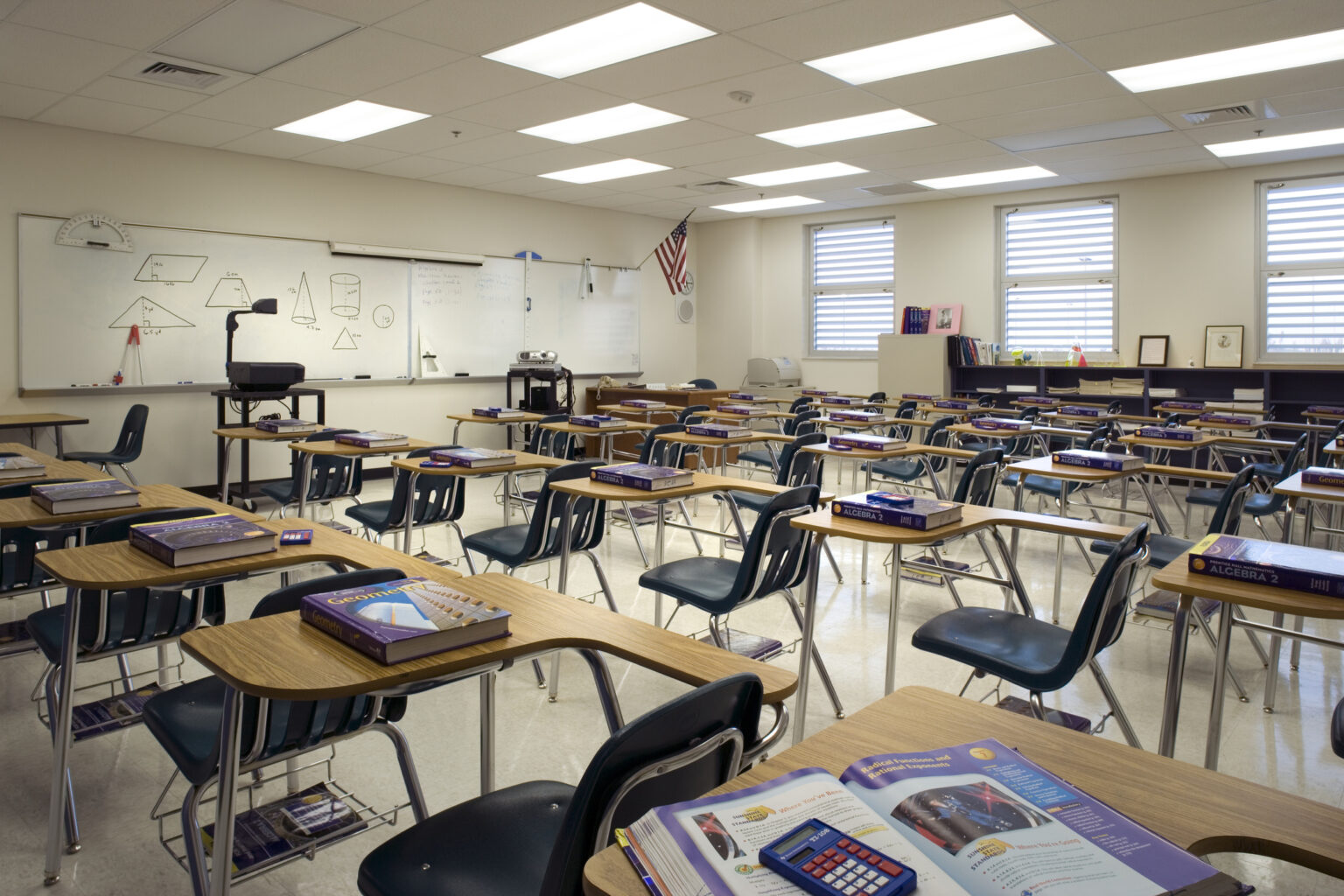Now that a new school year has begun, each of us has an opportunity to decide how we will help children learn.
Many school districts in Missouri and across the nation are facing an additional challenge over and above the usual ones in providing the best educational preparation for the children in their care. The educational deficits caused by COVID.
Testing of K-12 students in Missouri schools shows such a dramatic drop in standardized test scores that if it were not for the impact of COVID, many of the districts would be in jeopardy of losing accreditation.
During the last session that ended in May, the Missouri legislature took up a lot of bills affecting education, but none to address how we close the severe achievement gaps as a result of COVID.
No doubt school administrators and teachers are implementing plans and strategies to help students close the achievement gap.
That challenge can be much more daunting for some school districts more than others — especially those districts in the urban core in major cities like Kansas City and St. Louis that were provisionally or recently accredited or remained unaccredited. Many smaller districts and rural schools face their own set of challenges.
But helping our children make up educational losses and resume achieving at the highest level will require more than the implementation of plans and strategies.
In addition to school administrators and teachers, the Missouri legislature must approve needed legislation and financial resources.
It will also take a concerted effort on the part of parents, business and community leaders, churches, and service organizations to come together and improve the academic performance of our children.
What role will each of us play, this year, in a child’s educational journey?
Removing one child from the educationally deficient list is well worth our time and resource investment.
Every well-educated child is a real investment in their future and ours.
Even before COVID, the responsibility to stop turning out kids who were poorly prepared to compete in this ever-changing and ever-competitive world was a shared one.
However, the educational performance of schools in the United States has lagged far behind many other industrialized countries, ranking very low in math, science, technology and other areas.
Among the states, Missouri ranks near the bottom for K-12 student achievement and performance.
What is the status of the schools in your district?
Whether you have a child in school or not, the fact of the matter is as a community, they are all our children.
If we fail to help those schools within our district to turn the inadequate performance around, our children will be the ones to suffer most both in the short and long term.
But they are not the only ones. We all will suffer.
Assuming the responsibility of helping them get the best education is more critical than ever as we must close an even wider achievement gap worsened by the COVID pandemic.
Even though schools opened a few weeks ago, there is still time for each of us to decide how we can get involved, where our services are most needed, and in what area we can have the greatest impact.
We need not look very far or waste a lot of time deciding. There are many things we can do. There are resources available to help determine what can be done.
Something that can be done immediately is to check with school administrators and teachers in a school in your area to find out what needs they might have.
If you know of children whose parents, for whatever reasons, are unable to help with homework or unable to give the child/children the attention he or she needs, then offer to help.
Start with the children in your neighborhood, at your church, or ask the principal or teacher at a school nearby how you may be able to help show a child that you care. Sometimes that is all that is needed — an inquiry, a phone call, an offer to help.
Volunteer to tutor or mentor a child. Many schools have mentoring and tutoring programs and are in need of volunteers.
If you personally are unable to tutor or mentor, make an appeal to someone you know who can — a church member, a college student, a businessman or woman. Ask them to recruit 3-5 others to help.
Ask your employer, your sorority or fraternity, community club or organization, your church to adopt a school. See if your employer would be willing to allow employees to take an hour a week with pay to volunteer at that school.
Volunteer to be a teacher’s assistant in the classroom for a day or a few hours a day, more if you are retired.
As you drive down the street and see kids and you know they should be in school, pick up the phone and call the truant officer, the nearby school. Just call somebody to address the problem. To do nothing is not an option.
Perhaps much of this is being done in your communities already. But clearly much more needs to be done.
If we do not invest in our children when they are teachable, how do we expect the conditions in our community to ever improve? The buck stops here.
All of us have had instances in our lives when an adult — whether a parent, teacher, aunt, uncle, neighbor, or church member — kindled our spirit, helped us, and made us want to achieve in school.
Children today, our children, are no different.
What are you willing to do to help a child catch up, get back on track, and get ahead?
They need our help this school year and in the years ahead more than ever.
The quality of their lives depends on it.
The future of our state, the United States and its position in a highly competitive global world depend on it.
So does the future quality of all of our lives.
Our stories may be republished online or in print under Creative Commons license CC BY-NC-ND 4.0. We ask that you edit only for style or to shorten, provide proper attribution and link to our website. AP and Getty images may not be republished. Please see our republishing guidelines for use of any other photos and graphics.






Janice Ellis